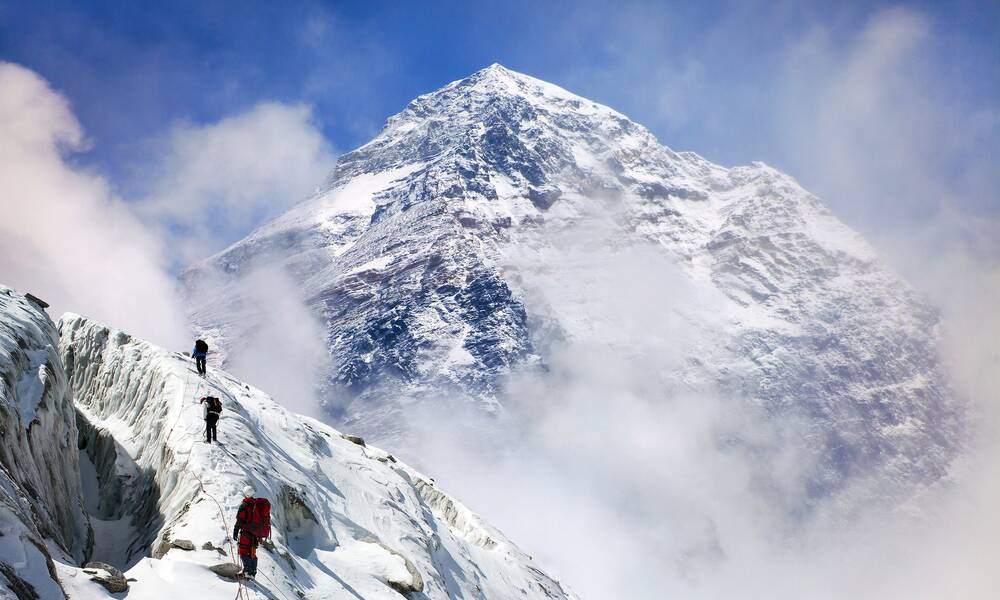
After Deadly Mount Everest Climbing Season, Groups Call for Changes
With reports of a particularly dangerous year at the world’s tallest mountain—which critics blame on overcrowding and a lack of regulations—associations have ideas to fix the situation.
After a difficult and deadly climbing season at Mount Everest, associations are keeping an eye on the situation and speaking up on the issues raised.
This year saw a record number of permits issued for climbers, along with a near-record number of fatalities on the mountain, with “traffic jams” and a number of inexperienced climbers creating serious problems that Nepalese officials say they hope to resolve.
The association space has a few ideas on how to take on the issues at Mount Everest.
In a statement regarding the difficult season, the Union Internationale des Associations d’Alpinisme (UIAA), also known as the International Climbing and Mountaineering Federation, noted that there was a need to ensure that the climbing process was more sustainable, and focused on the safety of the climbers. From its statement:
The UIAA calls for all stakeholders to engage in urgent dialogue to work towards a safer and more sustainable approach to climbing on Everest. This includes the tour operators, the majority of whom are recognised as vastly experienced and highly responsible.
Solutions should focus on supporting the communities who live and work in the region, increasing climber safety, improving the experience of climbing Everest, as well as protecting an increasingly fragile mountain environment, where the issues of waste and pollution have become chronic.
In comments to The New York Times, Amit Chowdhury, the head of UIAA’s safety commission and a veteran climber himself, noted that other mountains had much stricter standards that allowed for guides to remove a climber who was behaving badly or faced potential health dangers.
“At Everest, it is not the same—you can hire a Sherpa on the streets of Kathmandu, or your travel agent says, ‘Here is your Sherpa,’ that’s it,” Chowdhury, who also sits on the governing council of the Indian Mountaineering Foundation, told the Times. “There is no way to know whether that Sherpa can judge and determine the capability of the person who is climbing.”
Meanwhile, the Nepal Mountaineering Association, the group that represents local expedition operators, argued that it should have say over how many people are allowed on the mountain at once. In one widely shared photo, literally hundreds of climbers were shown going along a single path up the mountain at once.
“There were more people on Everest than there should be,” said Kul Bahadur Gurung, the association’s general secretary, in comments to the Associated Press. “We lack the rules and regulations that say how many people can actually go up and when.”
For its part, Nepal’s tourism board initially said that it had no plans to change its rules over distributing permits, but members of the country’s government later said they were considering making changes to the rules to help cut down on an atmosphere that had been compared to a “zoo” by some.
(DanielPrudek/iStock/Getty Images Plus)






Comments